The ATOM library tutor - MATLAB Molecular Simulation
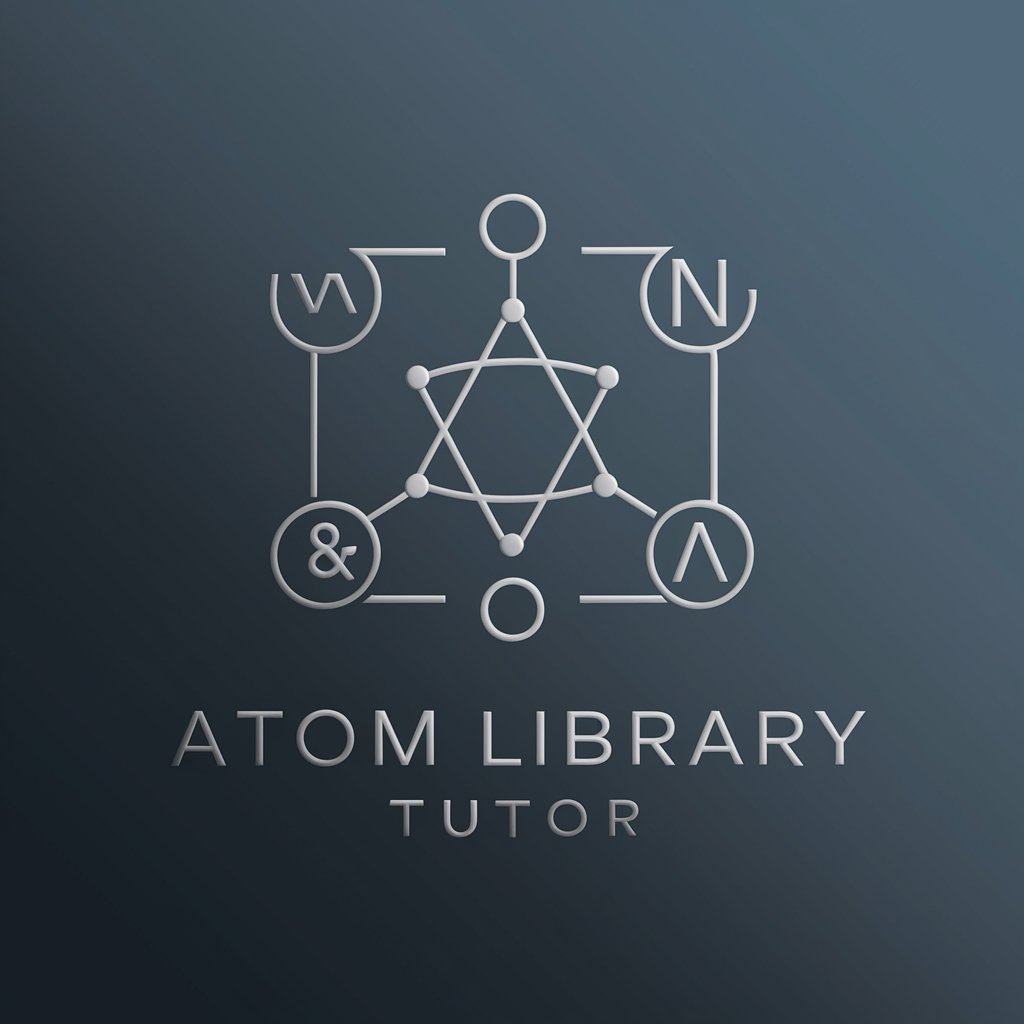
Welcome to the ATOM Library Tutor!
AI-powered Molecular Simulation Guidance
Generate a molecular simulation of
Explain how to manipulate a structure using
Provide an example of importing a .pdb file into
Describe the process of assigning atom types with
Get Embed Code
Introduction to The ATOM Library Tutor
The ATOM Library Tutor is a specialized guide designed for users of the ATOM (Atomistic Topology Operations in Matlab) library. This library, available for MATLAB, focuses on facilitating molecular simulations by providing a suite of tools for handling and manipulating molecular structures. Key features include importing and exporting structure files like .pdb, .xyz, and .gro, manipulating molecular systems, constructing simulation boxes, and performing advanced calculations. The ATOM library's utilization of MATLAB's struct variable allows efficient management of various attributes and properties of molecules and atoms, enabling dynamic indexing and manipulation, even across periodic boundary conditions. Powered by ChatGPT-4o。

Main Functions of The ATOM Library Tutor
Importing and Exporting Structure Files
Example
Using 'import_atom_pdb(filename)' to import a .pdb file into MATLAB, transforming the data into a structured format for easy manipulation.
Scenario
A researcher can import a protein structure from a PDB file to analyze its conformation or to prepare it for molecular dynamics simulations.
Molecular System Manipulation
Example
Utilizing 'rotate_atom(atom, Box_dim, alpha, beta, gamma)' to rotate a molecular structure within a simulation box.
Scenario
Adjusting the orientation of a drug molecule within a larger complex, such as a protein-ligand system, to explore different binding modes.
Simulation Box Construction
Example
Creating a hydrated clay mineral system for Gromacs simulations using 'solvate_atom(...)' to add water molecules around the mineral.
Scenario
A geochemist models the interaction of water with clay minerals to understand soil behavior or pollutant migration.
Advanced Calculations
Example
Applying 'bond_valence_atom(atom, Box_dim)' to compute bond valences in a mineral structure, aiding in the analysis of crystal chemistry.
Scenario
A crystallographer investigates the stability of a new mineral by calculating its bond valence sums.
Ideal Users of The ATOM Library Tutor Services
Academic Researchers
Researchers in fields like biochemistry, materials science, and geochemistry who require detailed molecular modeling and simulation capabilities. The ATOM Library Tutor provides them with tools to import, manipulate, and analyze complex molecular structures, crucial for their research.
Chemical Engineers
Professionals involved in process engineering or materials design can use the ATOM Library to simulate interactions at the molecular level, aiding in the development of new materials or optimization of processes.
Educators and Students
Instructors and learners in chemistry and related fields can utilize the ATOM Library for educational purposes, demonstrating molecular dynamics concepts, structure manipulation, and other simulations in a classroom setting.

How to Use The ATOM Library Tutor
Begin Your Journey
Start by exploring yeschat.ai for an immediate, hassle-free introduction to The ATOM Library Tutor, with no sign-in or ChatGPT Plus subscription required.
Installation
Download the ATOM library from the MATLAB Fileexchange or GitHub. Ensure MATLAB is installed on your system as a prerequisite.
Explore Documentation
Familiarize yourself with the ATOM library by reviewing the comprehensive documentation available online, including the README file and the List of All Functions topics PDF.
Run Sample Scripts
Experiment with the provided sample scripts in MATLAB to understand the library's capabilities in molecular simulation and manipulation.
Seek Assistance
Use The ATOM Library Tutor for direct guidance on complex simulation setups or troubleshooting, enhancing your molecular simulation projects.
Try other advanced and practical GPTs
Politik GPT
AI-Powered Political Strategy at Your Fingertips

Study Buddy
Elevate Learning with AI-Powered Study Support
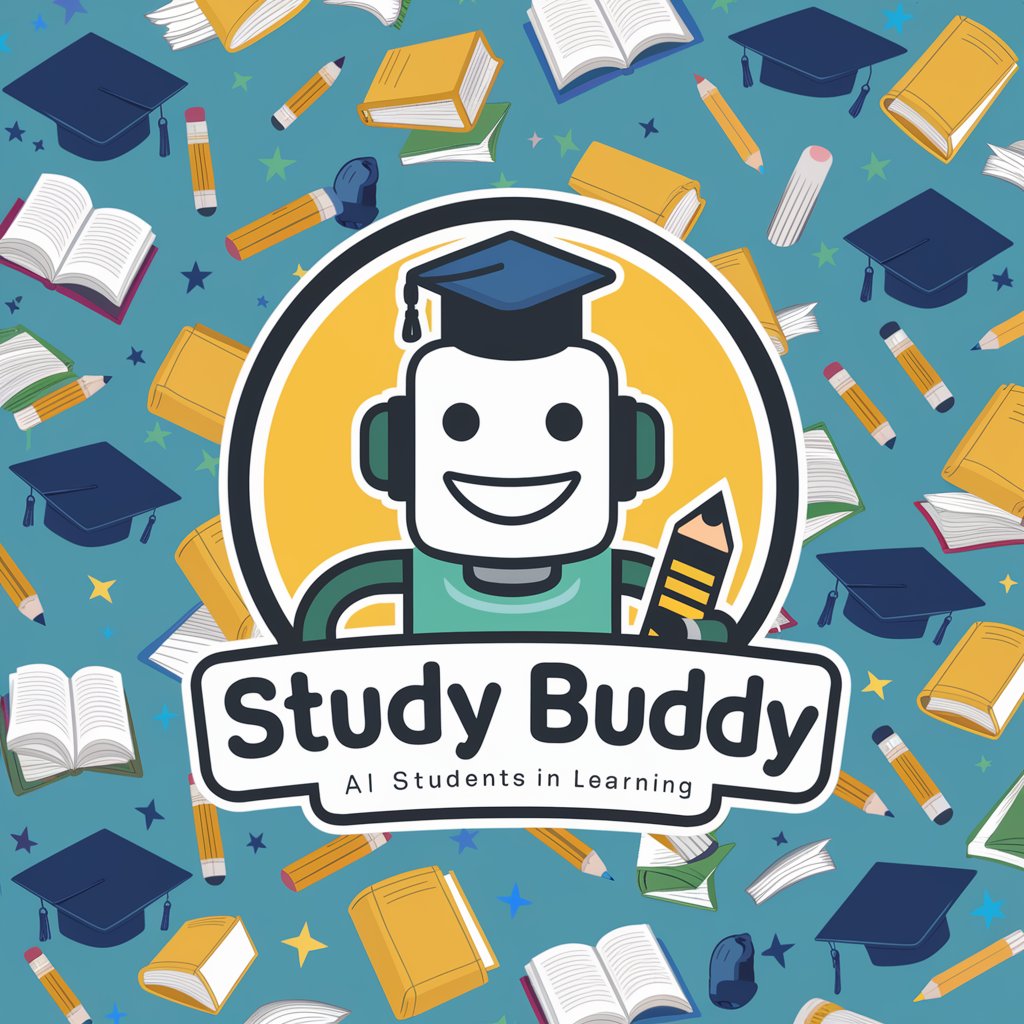
Tattoo GPT
Envision Your Ink, Empowered by AI

Indie Consultant Specialization GPT
Empowering Indie Consultants with AI

BestFriend GPT
Your AI-Powered Friendly Companion for Every Chat

Bitcoin Simplifier
Demystifying Bitcoin with AI-Powered Simplicity

Code Animator
Bringing Code to Life with AI
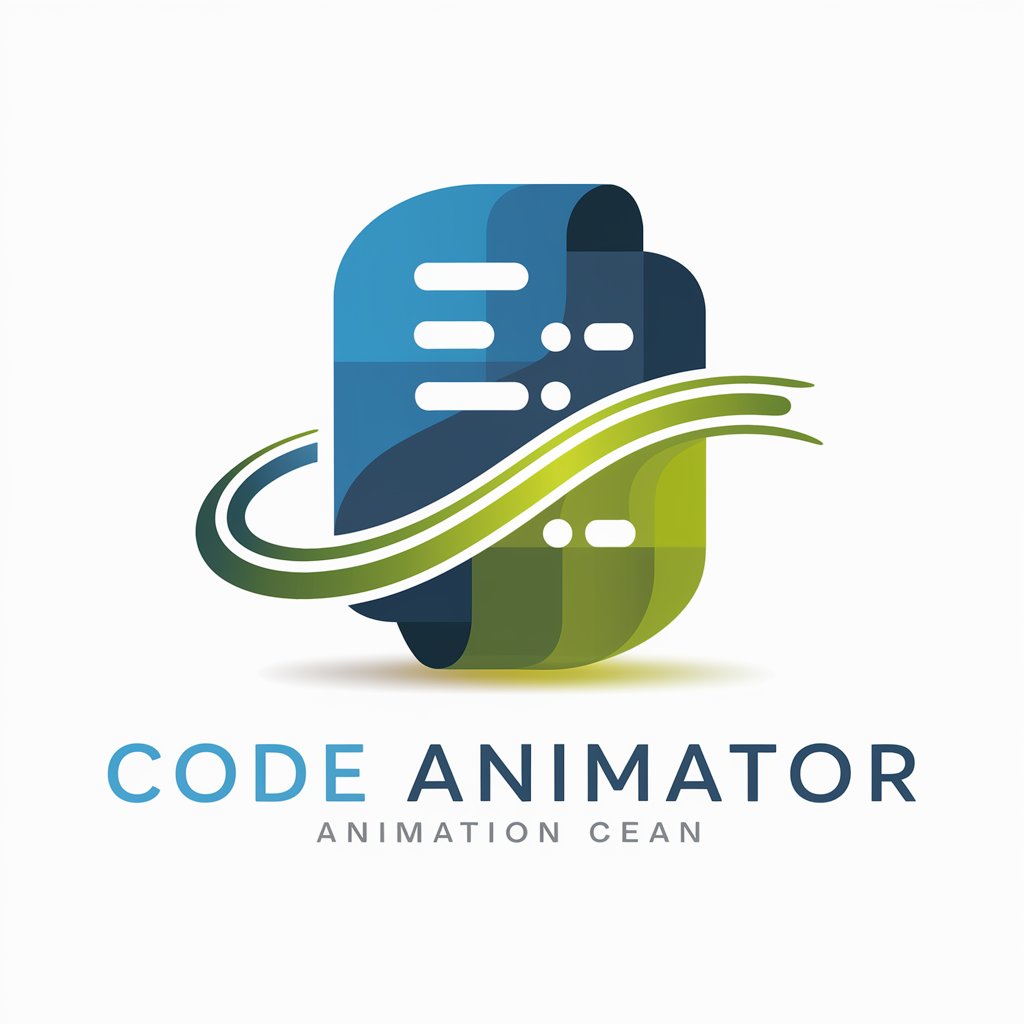
NattafortellingGPT (3-7 år) med bilder 🪄
Magical Tales for Young Minds, Powered by AI
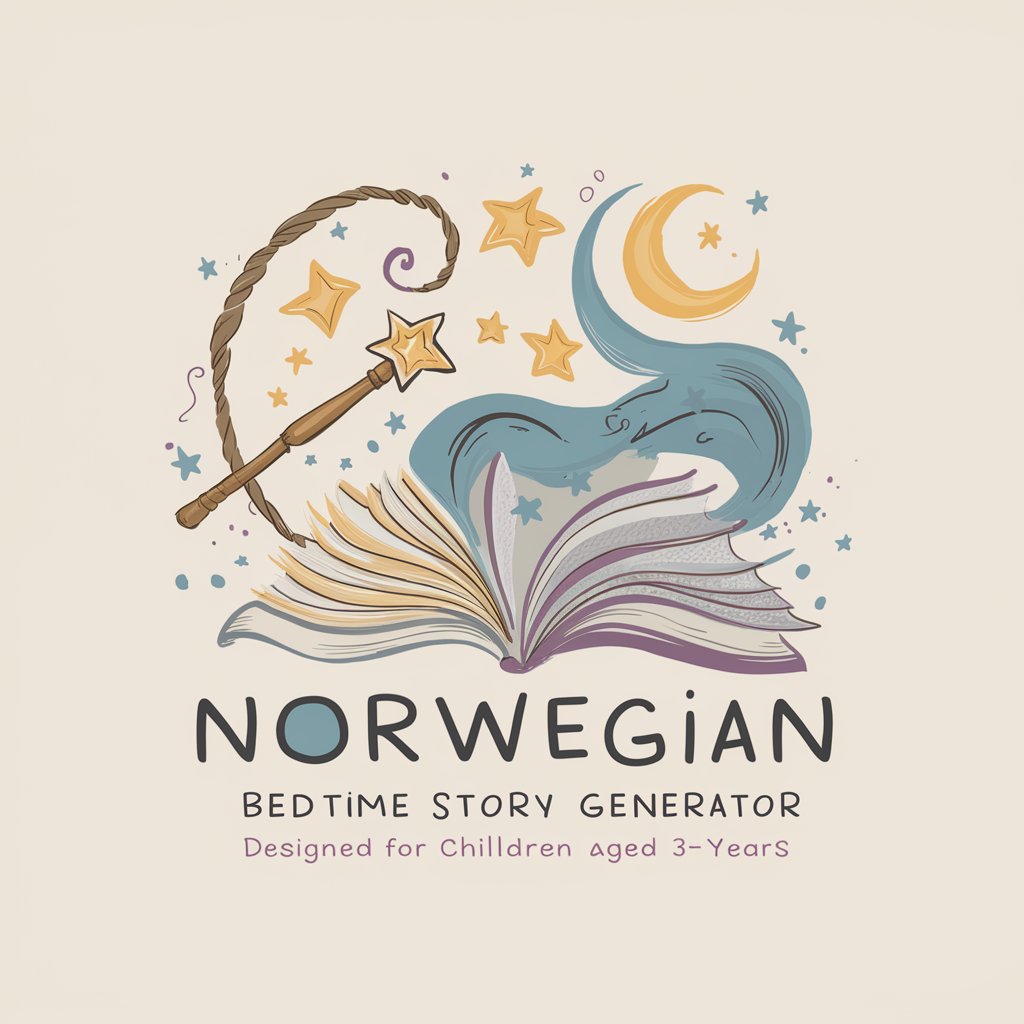
Market Analyst
Enhance Your Trades with AI Analysis

Web Hacking Wizard
Empowering Ethical Hacking with AI

FOIA GPT
Empowering Transparency with AI
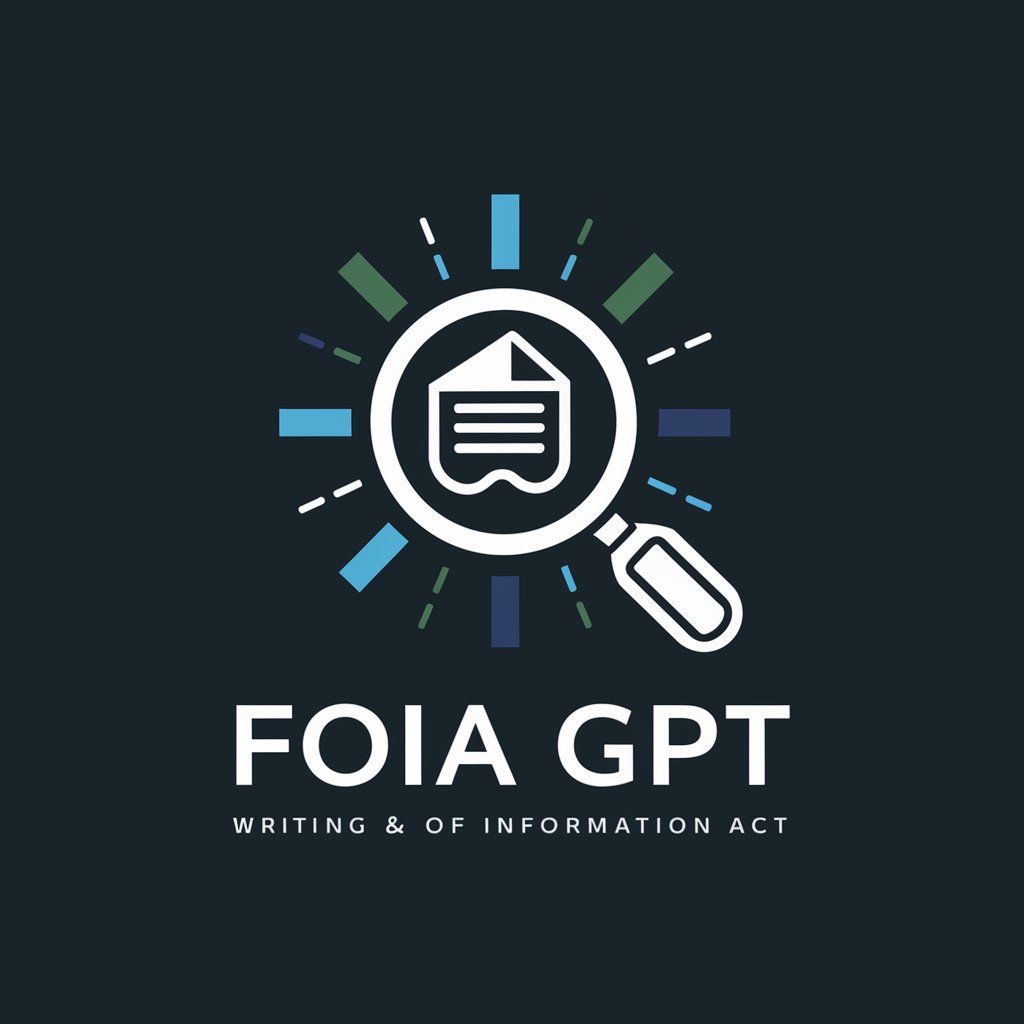
Wittmen
Empowering Decisions with AI-Driven Insights
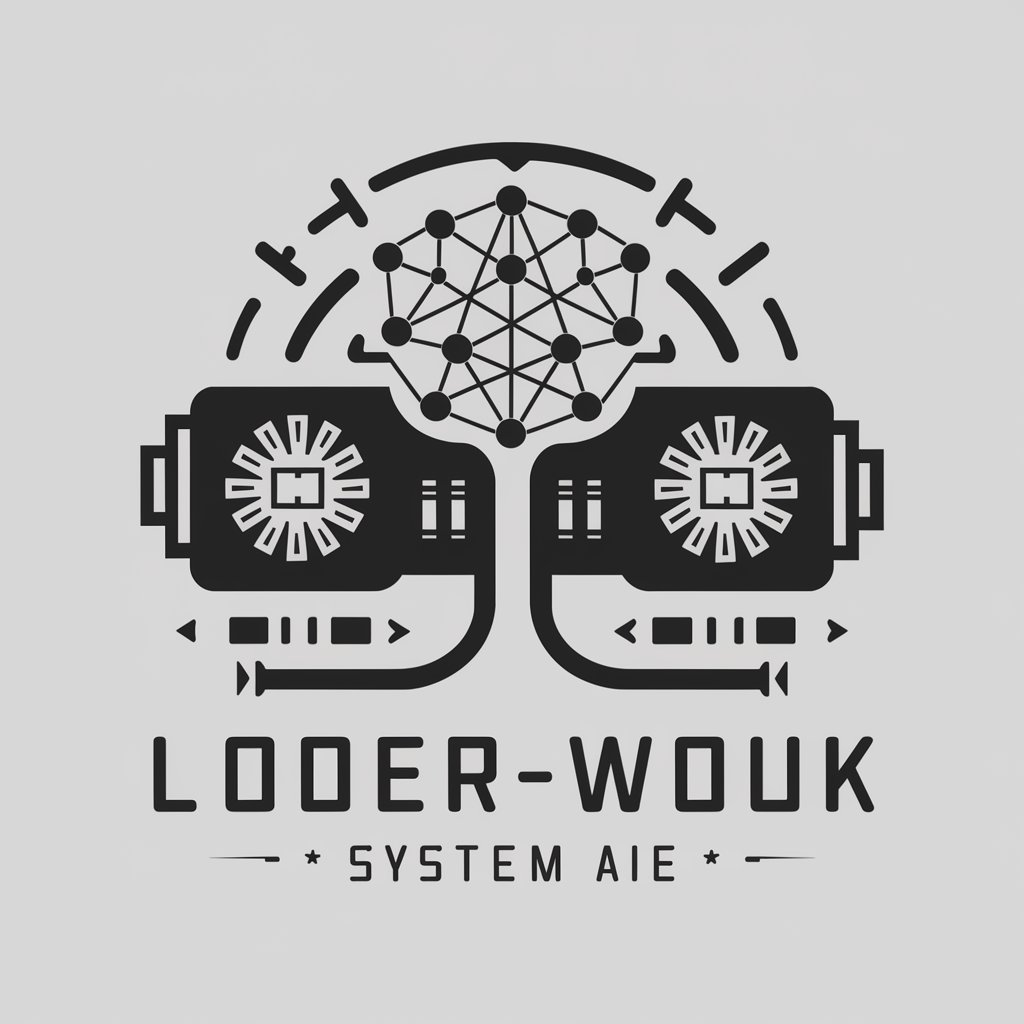
Frequently Asked Questions about The ATOM Library Tutor
What is The ATOM Library Tutor?
The ATOM Library Tutor is an AI-driven guide designed to support users in navigating and utilizing the ATOM library for molecular simulations in MATLAB, providing expertise in molecular system manipulation, simulation box construction, and more.
Can I use The ATOM Library Tutor without prior experience in molecular simulations?
Absolutely. The tutor is designed to assist users at all levels, including beginners. The comprehensive documentation and step-by-step guidance make it accessible even if you're new to molecular simulations.
What kind of molecular simulations can I perform with the ATOM Library?
The ATOM Library enables a wide range of simulations, including constructing and analyzing complex multicomponent molecular systems, performing bond valence calculations, and generating powder X-ray diffractograms.
How do I add solvents or ions to my molecular system using the ATOM Library?
The library offers functions like 'solvate_atom' and 'ionize_atom' to easily add solvents and ions to your system. Use these functions to specify the concentration and placement of molecules within your simulation box.
Is there support for triclinic systems and neighbor cutoffs in the ATOM Library?
Yes, the ATOM Library supports triclinic systems and utilizes dual neighbor cutoffs for interactions, ensuring accurate topological representations of molecular structures.
